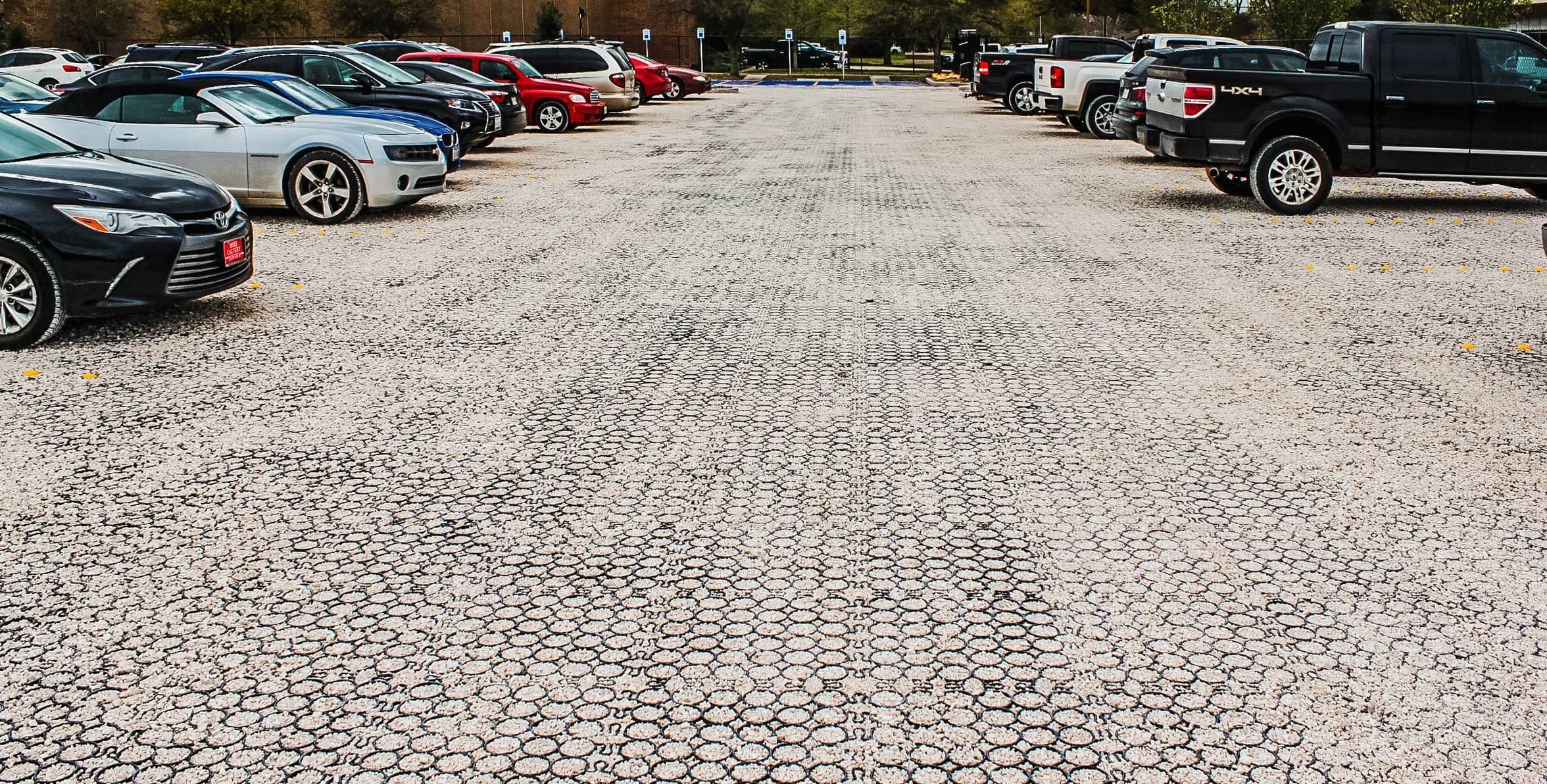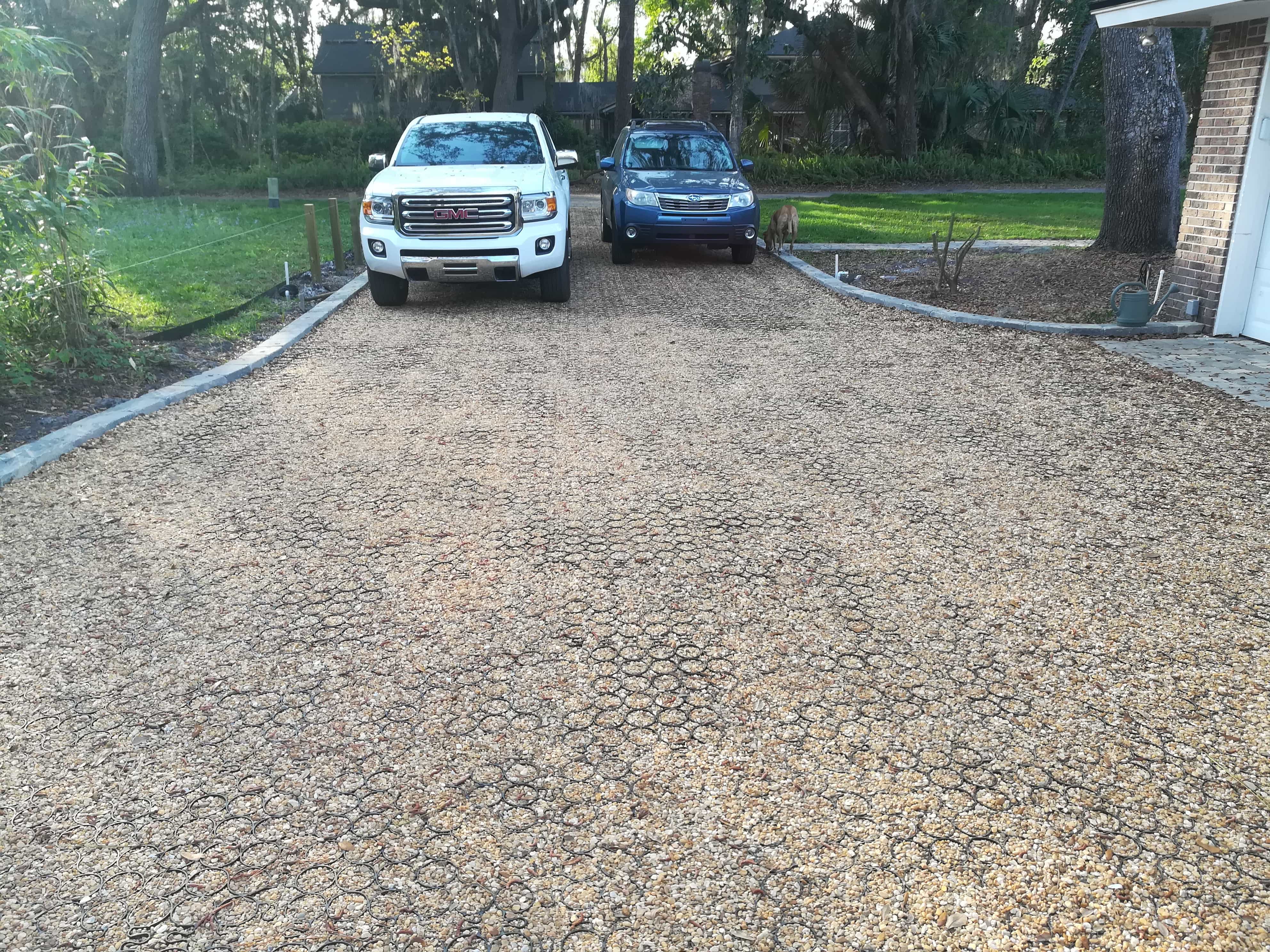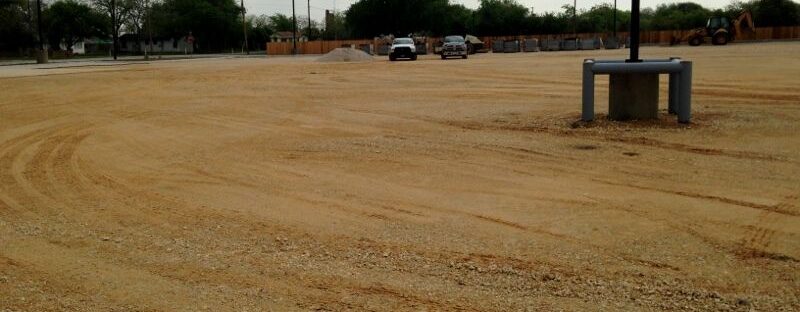
Swapping out traditional grass lawns for gravel has become a popular choice for homeowners seeking low-maintenance, eco-friendly landscaping options. The benefits of replacing grass with gravel are clear, offering improved drainage, reduced water usage, and minimal upkeep. Many property owners are embracing this approach for its practicality and sustainability.
Advantages of Transitioning from Grass to Gravel
Replacing grass with gravel offers a practical and eco-friendly alternative that brings numerous benefits to outdoor spaces. More homeowners and property managers are turning to replacing grass with gravel as a solution for landscapes where traditional grass lawns once thrived.
- Reduced water consumption, minimal maintenance, and enhanced drainage are just the beginning.
- Instead of investing time and resources into endless mowing, watering, and fertilizing, gravel provides a durable, low-maintenance option that saves money and promotes sustainability.
It’s not only a smart environmental choice but also a way to enhance the aesthetics of your property with a modern, clean look.
Low-Maintenance and Aesthetic Advantages of Gravel
Another appealing aspect of replacing grass with gravel is the reduced need for regular maintenance. Grass lawns demand frequent mowing, fertilizing, and watering, all of which require time, effort, and resources. Gravel landscapes, on the other hand, eliminate most of these requirements.
Occasional raking to maintain an even surface and removing debris as needed are typically all that’s necessary to keep the area in top condition. Gravel doesn’t attract pests the way grass does, offering further convenience and long-term cost savings. Additionally, the aesthetic appeal of gravel is versatile. Natural and rustic or sleek and modern, there’s a gravel type to match your design preferences.
Selecting the Best Gravel Types
If you’re thinking about swapping out your grass for gravel, it’s helpful to know the different types you can choose from. The kind of gravel you go with can really affect how your yard looks and works. Gravel comes in lots of sizes, shapes, and colors, and each type has its own benefits. Pea gravel, crushed stone, and river rock are some of the most common choices, and they each bring something different to the table in terms of style and drainage.
- Pea gravel provides a smooth and polished appearance, making it a popular choice for walkways and patios where comfort underfoot is essential. [Editors note: rounded gravel/stone is not recommended for use inside a TRUEGRID permeable paver].
- Crushed stone delivers a rougher, more angular look that works well for driveways and areas requiring extra traction.
- River rock, with its naturally rounded edges and varied colors, adds a decorative touch to garden beds or paths, enhancing visual appeal while promoting efficient drainage. [Editors Note: larger, rounded stones are not recommended for use with TRUEGRID].
The key to a successful transition is selecting gravel suited to your specific needs.
Preparing Your Landscape for Gravel Installation

Getting the area ready is a big part of switching from grass to gravel. It all starts with fully removing the grass. This step really matters if you want the surface to stay firm and hold up well over time. You can pull the grass by hand, sod remover, or cover it with a tarp—just make sure all the grass and roots are gone so the gravel has a solid base.
After that, it’s important to level and pack down the soil. If there’s leftover plant material, the ground might shift or become uneven later on, so taking the time to prep it right makes a big difference. Once the surface is clean and flat, you’re ready to move on with the gravel installation.
Installing Weed Barriers for Long-Term Success
Before laying down gravel or permeable pavers, installing a weed barrier is highly recommended. Quality weed fabric, when installed correctly, provides an additional layer of protection against unwanted growth. By overlapping fabric seams and securing them with landscape staples, you can effectively prevent weeds from infiltrating your new gravel surface.
Using a high-quality weed barrier helps maintain a clean, low-maintenance area over time. Regular inspections and prompt removal of any emerging weeds remain essential for maintaining a pristine and attractive gravel landscape.
TRUEGRID Permeable Paver Systems: Installation, Benefits, and Environmental Impact
TRUEGRID permeable paver systems offer a comprehensive solution for stabilizing gravel installations, enhancing drainage efficiency, and promoting environmental sustainability. From installation to long-term performance, these systems provide unmatched structural support and durability for a wide range of outdoor applications.
Installation Process for TRUEGRID Pavers
After preparing the site and ensuring complete removal of grass, compaction of the soil, and addition of the geotextile fabric, the next step is to consider a base layer. If the area will experience heavy use—such as vehicle traffic—or if the site has poor soil conditions, consider installing a stone base ranging from 2 to 6 inches thick (or more, if needed). A solid base layer helps support the system, compensates for weak soils, and enhances overall performance.
Once the base is level and compacted—or laid over a suitable fabric—it’s time to install TRUEGRID permeable pavers. These pavers provide critical structure and stability, preventing issues like gravel displacement or settling over time.
To start the installation, place the permeable paver grids over the compacted surface, which should already have a weed barrier (and base) in place. It’s important to make sure the area is smooth and level before setting the grids—this helps avoid any settling issues later on. Once the grids are locked together to create one solid surface, you can fill them with gravel. The best gravel infill for residential applications is a clean, washed, angular (not rounded), uniform size — from ½-inch to ⅝-inch – hard stone. This not only keeps the pavers in place but also helps rainwater soak into the ground instead of running off.
Residential Solution: TRUEGRID PRO LITE
For residential applications such as driveways, the TRUEGRID PRO LITE system is an ideal choice. Designed for moderate vehicular load and traffic, PRO LITE offers best-in-class compression strength and flexibility. Its lightweight design allows for easy DIY installation, making it suitable for homeowners seeking an efficient and durable paving solution. Additionally, PRO LITE is made from 100% post-consumer recycled HDPE, aligning with environmentally friendly practices.
Structural Support and Durability
TRUEGRID permeable paver systems are specifically engineered to provide structural support for gravel installations. The interconnected grids help maintain gravel placement, preventing displacement and promoting consistent surface performance. Their durability and structural integrity make them an ideal choice for replacing grass with gravel.
Performance in Residential Applications
The PRO LITE system excels at handling residential applications such as driveways, walkways, and patios. Its ability to prevent gravel shifting and distribute weight evenly ensures long-lasting performance without frequent maintenance or adjustments. Whether used for high-traffic driveways or decorative pathways, PRO LITE delivers consistent, reliable performance.
Enhanced Drainage Efficiency
Incorporating TRUEGRID’s permeable paver systems during installation amplifies drainage efficiency and provides superior structural support. The interconnected grids maintain gravel placement while allowing rainwater to infiltrate the soil effectively. This approach prevents compaction, promotes groundwater recharge, and reduces the risk of erosion or runoff-related damage.
By choosing a gravel-based landscape supported by permeable pavers like PRO LITE, you are actively contributing to water conservation efforts. Enhanced drainage not only benefits your property’s aesthetics and stability but also supports sustainable water management practices.
Environmental Impact
TRUEGRID’s systems contribute to environmental sustainability by promoting natural drainage and reducing water runoff. By choosing a gravel-based landscape supported by permeable pavers, you are enhancing the overall environmental impact of your property.
Additionally, gravel installations with TRUEGRID pavers can help mitigate urban heat islands by reflecting rather than absorbing heat. This effect is particularly beneficial for large installations such as driveways, parking areas, or expansive walkways.
Upgrade Your Landscape With TRUEGRID Permeable Paver Systems

As more property owners discover the benefits of replacing grass with gravel, it’s clear why this approach continues to gain popularity. TRUEGRID’s permeable paver systems provide the structure, stability, and drainage enhancement needed to make your gravel landscape truly effective. Contact us today for more information.



